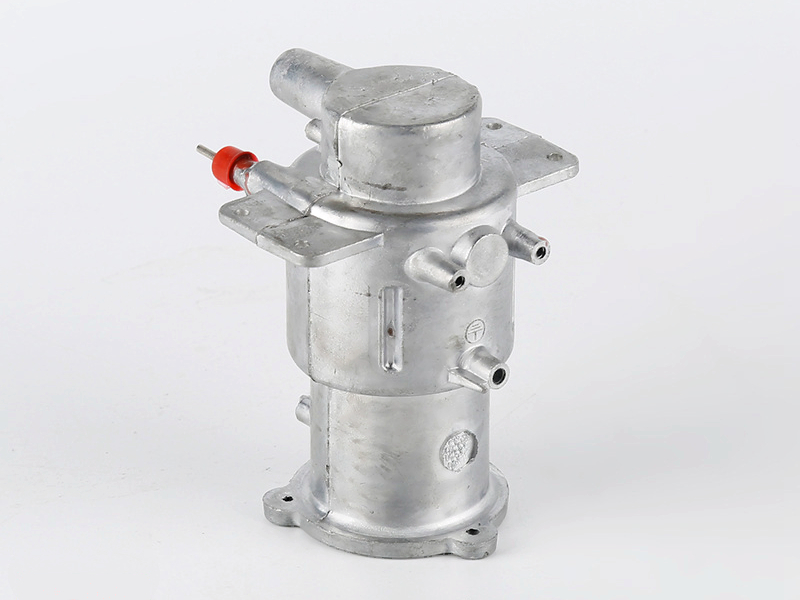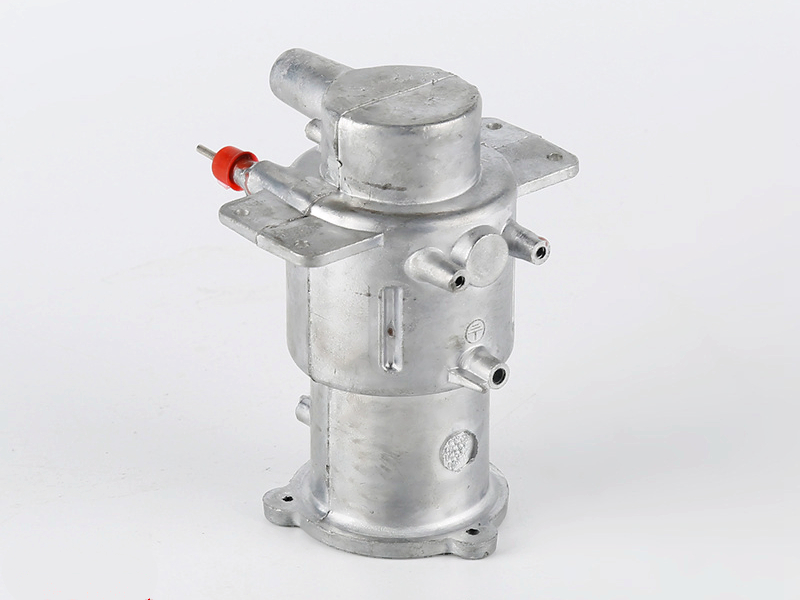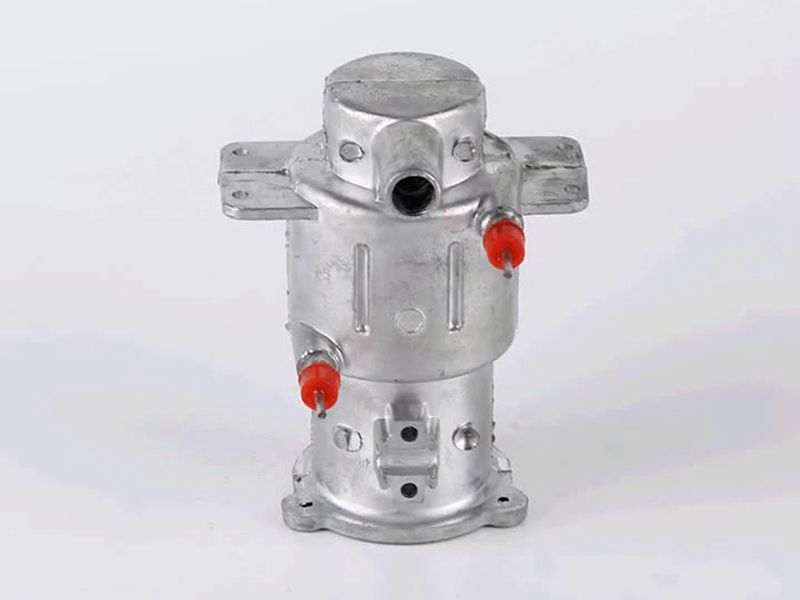Precision A413 Aluminum Die Casting Solution for Pump Valve Body Components
Project Overview – Demands on Valve Bodies in Fluid Control Systems
Valve bodies in pump systems are subjected to high pressures, fluid-induced corrosion, and dimensional stress at sealing interfaces. They must offer structural rigidity, internal flow accuracy, and long-term surface durability. Traditional machining from billets adds cost and limits design freedom. High-pressure die casting using cast-grade aluminum like A413 enables net-shape forming, cost efficiency, and consistent mechanical properties for small to medium-sized valve components.

Material Selection – Why A413 Aluminum is Ideal for Valve Bodies
A413 aluminum alloy is known for its high pressure tightness, excellent fluidity, and superior castability. These properties make it particularly suited for precision valve components requiring complex internal flow paths. Its high silicon content reduces shrinkage defects, while its compatibility with post-machining processes ensures tight sealing surfaces and controlled dimensional fits.
Manufacturing Process Breakdown
Aluminum Die Casting with A413
Using aluminum die casting, we produce high-accuracy valve bodies with integrated internal passages, bosses, and connection flanges. Mold design includes venting and thermal channeling to minimize porosity. Wall thickness is controlled to ±0.1 mm, providing consistent casting geometry for downstream processing.
Post Machining for Precision Surfaces and Threaded Ports
After casting, post machining defines sealing surfaces, mounting holes, and threaded pipe connectors. We maintain flatness within ±0.05 mm on sealing faces and concentricity on cylindrical bores to ensure a leak-free valve assembly. Machining is optimized using custom jigs and multi-axis fixtures for repeatability.
Surface Treatment – Sandblasting and Painting
Sand blasting is applied to unify the surface texture (Ra 2.0–3.2 µm) and remove oxides. This improves adhesion for the final coating. The component is then finished with industrial-grade painting to enhance appearance, corrosion resistance, and surface sealing. Paint systems meet fluid equipment standards for chemical resistance and service temperature.


Performance Advantages in Pump and Valve Applications
Performance Requirement | A413 Die Casting Solution |
|---|---|
Internal Pressure Resistance | Dense casting with low porosity ensures pressure containment |
Sealing Surface Accuracy | Machined flatness and roundness ensure gasket integrity |
Corrosion Protection | Blasted and painted surface withstands fluids and humidity |
Cost-Efficient Complexity | One-step casting replaces multi-part assembly and welding |
These castings allow pump OEMs to achieve high performance and aesthetic durability in modular fluid control systems.
Why Choose Neway for Precision Valve Body Casting Projects
Optimized Mold Design for Leak-Proof Valve Bodies Our die casting engineering integrates flow simulation, cooling design, and shrinkage control for A413 parts.
In-House Post Machining and Surface Treatment We control the full chain from casting to post-machining, blasting, and painting, reducing handling time and quality risk.
Flexible Order Volume with Short Lead Times From prototyping to mass production, we support pump manufacturers at any development stage.
Automated Quality Inspection for Precision Requirements Our inspection facilities validate sealing surfaces, wall thickness, coating adhesion, and dimensional accuracy.
One-Stop Manufacturing Service As a one-stop provider, Neway integrates tooling, casting, CNC, finishing, and assembly under one system, ensuring supply chain reliability.
Related Services and Materials
A413 Aluminum Alloy A413 provides high pressure tightness and fluid compatibility for pump and valve applications.
Surface Finishing Services Comprehensive post-processing including blast prep, primer coating, and final protective paint systems.
Precision Engineering for Valve Systems Full-service engineering support including CAD-to-casting transition and tolerance stack-up validation.
Custom Painting Options Durable painting finishes tailored for chemical resistance and branded color specifications.
Assembly and Final Integration Modular assembly services for valve kits and sub-assemblies, reducing in-house labor for OEM clients.
FAQs
Why is A413 preferred for pressure-tight cast valve components?
What tolerances can be achieved for machined sealing surfaces?
How does Neway handle coating durability for chemical exposure?
Can Neway support multi-variant valve designs in a shared tool platform?
What inspection standards are applied for fluid handling components?
